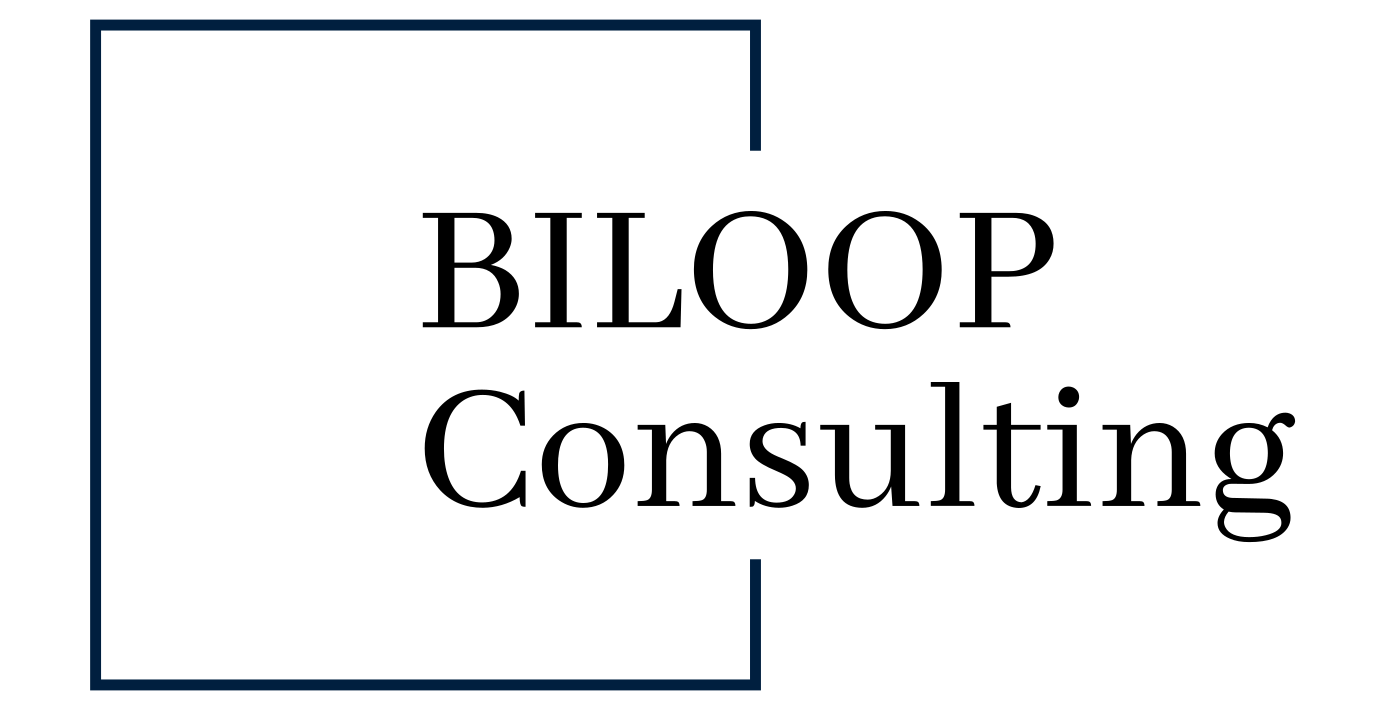Aligning strategy, processes, technology, and people towards shared goals requires well-thought-out and proven methods. This article presents the most commonly used alignment approaches and explains how they help companies gain clarity and focus for improved performance.

1. Strategic Alignment Methods
GAP Analysis
GAP analysis identifies the discrepancies between a company’s current state and its desired objectives. This method is essential for developing targeted actions to close these gaps. It helps evaluate internal and external challenges and formulate hypotheses for strategic advancements.
SWOT Analysis
The SWOT analysis examines a company’s strengths, weaknesses, opportunities, and threats. This structured approach enables businesses to clearly define strategic opportunities and translate them into actionable steps.
OKR (Objectives and Key Results)
The OKR framework ensures that objectives and key results are clearly defined across all company levels. This method fosters transparency and alignment by creating a shared understanding of priorities among teams and departments. OKRs specify goals in terms of qualitative, quantitative, and temporal dimensions.
2. Market-Oriented Alignment Methods
Business Model Mapping
This method analyzes and optimizes existing business models. It helps identify new opportunities to create customer value and secure competitive advantages.
Value Proposition Roadmap
The Value Proposition Roadmap evaluates a company’s existing customer value and identifies ways to expand its offerings. This promotes customer retention and uncovers growth potential.
Customer Network Strategy
Linking corporate goals with customer networks generates deeper insights into customer needs. This enables more targeted communication and enhances customer relationship optimization.
3. Technological Alignment Methods
Agile Methods
Frameworks such as Scrum and Kanban are particularly effective for establishing iterative and flexible approaches in technology and product development. They promote collaboration and create transparency in execution.
Data Analytics and KPI Dashboards
The use of data analytics and visual dashboards facilitates informed decision-making and provides real-time insights into progress. These tools support data-driven management.
Enterprise Architecture Frameworks
Enterprise Architecture Frameworks ensure IT systems align with strategic corporate objectives. They offer a holistic view of a company’s technological resources.
4. Human and Cultural Alignment
Coaching and Leadership Development
Targeted coaching strengthens the abilities of leaders, employees, and teams to successfully navigate change processes. These programs enhance emotional intelligence and resilience.
Change Management Models
Models such as the ADKAR model or Kotter’s 8-Step Process guide organizations through transformations. They ensure sustainable integration of changes into the organization and provide clear direction for all stakeholders.
Conflict Management and Social Mapping
Social mapping identifies relevant stakeholders and conflict lines within an organization. External mediation and conflict management tools help foster collaboration and trust.
5. Innovation-Driven Methods
Design Thinking
This user-centered approach leverages creativity and empathy to develop innovative solutions. Design Thinking is particularly suited to solving complex problems.
Lean Startup
Lean Startup enables iterative testing and validation of new business ideas before significant resources are invested. This method minimizes risks in tackling challenges with uncertain outcomes.
Open Innovation
By involving external partners and stakeholders, Open Innovation brings fresh perspectives and approaches to innovation projects. It fosters collaboration beyond company boundaries.
Conclusion
The variety of alignment methods demonstrates that every organization requires its own unique alignment “cocktail.” By applying these approaches selectively, companies can achieve their goals more efficiently, foster internal collaboration, and better respond to dynamic market demands. The key to success lies in selecting the right methods for the specific situation and implementing them with the right balance of structure and improvisation.

